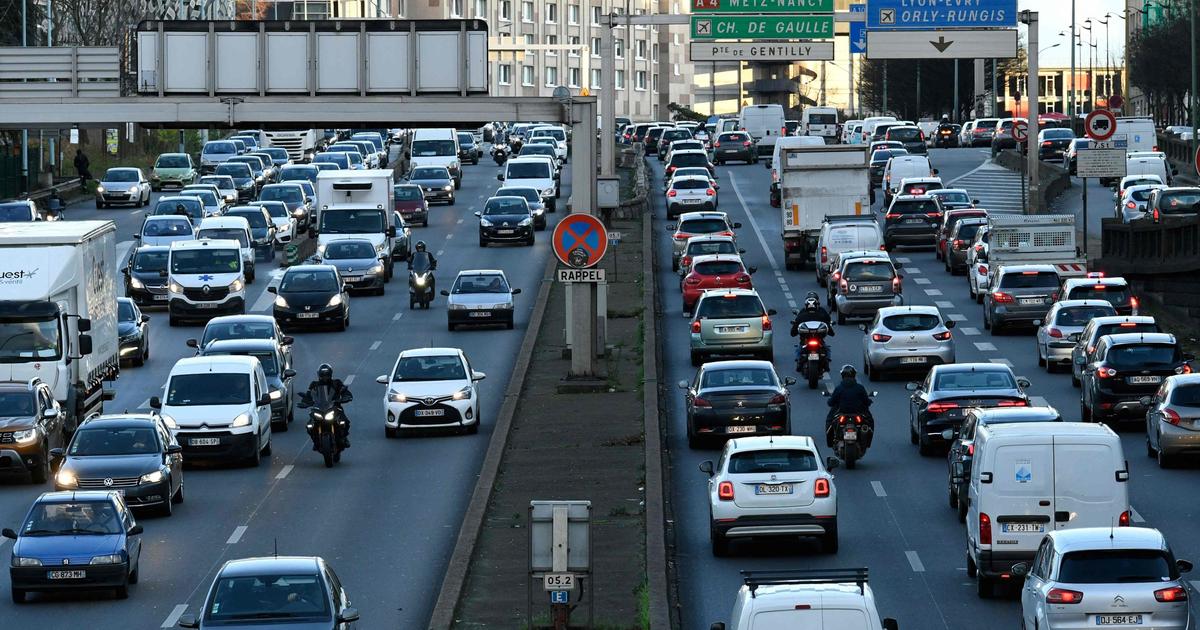More and more Ile-de-France residents are abandoning their cars. The number of private vehicles registered in the Greater Paris metropolis decreased by 1.2% in 2022 compared to the previous year, reveals a report by the Atelier parisien d'urbanisme (Apur) published at the end of April. With 30,000 fewer cars, "the year 2022 confirms the trend towards the demotorization of households" of the metropolis. A slow decline that began in 2018, while the number of cars registered nationally continues to grow slightly each year.
Apur (mainly financed by the city of Paris) sees an effect of the reduction in the place of the car, but also of the "rise of alternative modes" and "economic considerations related to the rise in energy and vehicle prices". Reducing car traffic is, recalls the association, an ecological and health issue. Passenger cars are responsible for 9% of PM10 fine particle emissions in the Greater Paris metropolis, and 26% of nitrogen dioxide (NOx) emissions, according to Airparif.
A quarter of vehicles soon to be banned from the EPZ
On the other hand, the number of Crit'Air 3 vehicles remains significant, while the metropolitan low emission zone (ZFE), within the perimeter of the A86, must soon be tightened to exclude these cars. As of 1 January 2022, 28% of the city's passenger car fleet was classified as Crit'Air 3 or higher (Crit'Air 4, 5 and unclassified vehicles are already excluded from the ZFE).
See alsoUnder Hidalgo, car traffic in the heart of Paris has decreased by 19%
This tightening of the ZFE, scheduled for July 1 after a postponement, could thus affect more than a quarter of motorists in the metropolis. With significant disparities: the municipalities in the east have, overall, "an older park than the municipalities of the west," writes Apur in its report. The populations, less privileged, renew, in particular, less often their vehicle. In some municipalities of Seine-Saint-Denis, north of the capital, more than 40% of cars are concerned.
If "the figures announced are the high range of the vehicles impacted [sic], since they correspond to the registered fleet and not to the fleet", nuances Apur, they could motivate a new postponement of the ban of Crit'Air 3 in the ZFE. Several elected officials of the metropolis have already evoked the track of a new shift of the measure to "after the Games", at the end of 2024.
Barely 2% of electric and hydrogen cars
Pushed by the ZFE already in place and the natural renewal of vehicles for new ones, the metropolitan fleet is however less and less polluting. A third of passenger cars and light commercial vehicles were classified as Crit'Air on 1 January 2022, compared to only 4% ten years earlier.
But the greening of the car fleet remains very slow. Barely 2% of passenger cars are electric or hydrogen (classified Crit'Air 0), although their number has doubled since 2020. In 2030, however, only these vehicles will be allowed to circulate in the ZFE, according to the city's roadmap.

